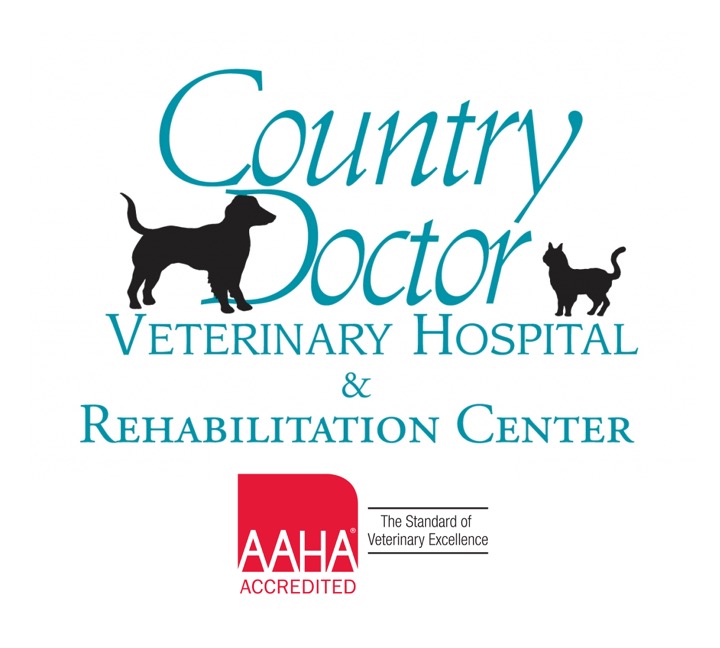Library
-
Coccidioidomycosis is a fungal disease caused by the soil fungus Coccidioides immitis or Coccidioides posadii. The early signs of coccidioidomycosis include fever, lethargy, lack of appetite, coughing, and joint pain. Diagnosis is by biopsy of lesions or blood testing for antibodies to the Coccidioides organism. The prognosis for recovery is dependent of the extent of lesions in the dog’s body.
-
Colitis simply refers to inflammation of the large intestine or colon. Signs include frequent, small volumes of semi-formed to liquid feces, straining, and small amounts of bright red blood. The causes of colitis include stress, infections, and parasites, trauma, allergic colitis, and primary inflammatory bowel disease. The diagnosis of colitis is based on your pet's clinical signs and history, microscopic evaluation of the feces, rectal examination, cytology, and blood tests. The specific cause of colitis will dictate the appropriate treatment. For most dogs diagnosed with colitis, the prognosis is excellent for a speedy recovery.
-
Collie Eye Anomaly (CEA) is a genetic mutation affecting many breeds that causes developmental defects in the eye that can lead to vision deficits or blindness. This defect can be diagnosed by a veterinary ophthalmologist between 6 and 8 weeks of age by visualizing spots of choroidal hypoplasia or a colobomas . It can be associated with microphthalmia or enophthalmia. It can lead to retinal detachment and blindness. Although laser repair of partial retinal detachments can be attempted if detected in early stages, there is generally no treatment for CEA. Vision varies depending on the extent of the lesions and some dogs will become blind. Prevention requires not breeding animals that carry the mutation and this can be achieved through genetic testing of breeding dogs.
-
Color dilution alopecia is an autosomal recessive genetic disorder that affects dogs with dilute-colored coats causing hair loss. Some dogs will also be affected by secondary bacterial infections so topical management and pruritus treatments may be needed to improve the dog's comfort. Affected dogs and their relatives should not be bred.
-
Pet birds often become ill when they are not cared for or fed appropriately. Birds can develop infections with bacteria (e.g., Chlamydia psittaci) and parasites (e.g., Giardia). They also commonly suffer from reproductive problems (e.g., egg binding and tumors) and feather-picking. Birds on all-seed, high-fat diets may become obese and develop fatty liver syndrome. Older birds may develop cloacal papillomas or cancer. Your veterinarian familiar with birds will formulate an appropriate diagnostic and treatment plan if your pet bird becomes ill.
-
Congestive heart failure (CHF) refers to the heart's inability to pump adequate blood to the body. There are many causes of CHF in dogs. The two most common causes are mitral valve insufficiency (MVI), or a leaky mitral valve, and dilated cardiomyopathy (DCM). The most common clinical sign of CHF is persistent coughing accompanied by difficulty breathing. Other signs include coughing when at rest or sleeping, an increased resting respiratory rate or excessive panting, persistent loss of appetite, a swollen belly, and pale or bluish gums.
-
Conjunctivitis means inflammation of the conjunctiva. If you see excessive tearing from one or both eyes, abnormal discharge, and reddened conjunctival membranes, your cat may have conjunctivitis. The most common causes of conjunctivitis include infectious diseases and non-infectious conditions, including allergies, injuries, hereditary conditions, and tumors. The approach to non-specific conjunctivitis is to use eye medications containing a combination of broad-spectrum antibiotics to control the bacterial infection and anti-inflammatory drugs to reduce the inflammation. The prognosis depends on the specific diagnosis. It can be a recurring condition in some cats.
-
Conjunctivitis means inflammation of the conjunctiva. The most common signs of conjunctivitis include discharge from the eyes, squinting or excessive blinking, and redness or swelling around the eyes. Causes of conjunctivitis include bacterial and viral infections, allergies, breed-associated conditions, and tumors. Conjunctivitis can be secondary to other eye conditions including eyelid abnormalities, corneal ulcers, decreased tear production, uveitis, or glaucoma. To differentiate many of these conditions, your veterinarian must perform a complete and detailed ophthalmic examination, as well as several additional diagnostic tests. Treatment may include both topical and oral medications. Most dogs have an excellent prognosis, though some causes of conjunctivitis require long term or surgical treatment.
-
Constipation is defined as an abnormal accumulation of feces in the colon resulting in difficult bowel movements. Constipation is a condition seen most commonly in mature, middle-aged cats and can be caused by hairballs, ingestion of foreign bodies, pelvic injuries, or obesity and/or lack of exercise. Megacolon is the most common cause of constipation in cats. In most cases, a diagnosis of constipation can be made on the basis of the cat's clinical signs and medical history. Treatment varies depending on the cause of constipation. The long-term outlook varies according to the cause of the constipation; however, most cats can be adequately managed without surgery and resume normal, healthy lives.
-
Constipation is infrequent or difficult passage of stool or feces and is typically a temporary condition. Though there are many causes of constipation in dogs, most cases are caused by ingestion of irritating or indigestible substances. Constipation is usually diagnosed through a physical examination and medical history. A rectal exam to rule out rectal strictures, tumors, foreign bodies, or other abnormalities may be done. Abdominal radiographs, blood tests, and urinalysis are valuable for a full diagnosis and development of a treatment plan. Biopsies may also be recommended if a rectal mass or stricture is suspected. Most cases of constipation are relatively easy to treat through the use of manual removal, enemas, and medications. The prognosis for constipation is determined by the exact cause.

